INTRODUCTION

The recent introduction of the Z590 based motherboards and the 11th generation CPUs by Intel has brought even more players in the NVMe M.2 PCIe Gen4 compatible market. Still only a very tiny percentage out there has a compatible motherboard either from AMD or Intel so it should be quite a while before NVMe M.2 PCIe Gen4 SSD sales climb, at least to a point where Gen3 models will feel threatened (even though in all likelihood they will just get replaced in the long run by Gen4 and above models - backwards compatibility and all). This of course means we should see quite a few PCIe Gen3 SSDs get released in 2021 and above and one of them is the brand new NM620 model by Lexar which reached the lab roughly 2 weeks ago.
For more than 25 years, Lexar has been a trusted leading global brand of memory solutions. Our award-winning lineup includes memory cards, USB flash drives, card readers, solid-state drives and DRAM. With so many options, it’s easy to find the right Lexar solution to fit your needs. All Lexar product designs undergo extensive testing in the Lexar Quality Labs with more than 1,100 digital devices, to ensure performance, quality, compatibility, and reliability. Lexar products are available worldwide at major retail and e-tail stores. For more information or support, visit www.lexar.com.
Just like both its predecessors (NM600/NM610) the NM620 SSD (currently available in 256GB/512GB/1TB capacities) is based on the DRAM-less Shasta+ (IG5216) 4-channel PCIe Gen3x4 NVMe 1.4 NAND flash controller by Innogrit which this time is paired with 96-Layer 3D TLC NAND Flash memory by Micron. Exactly like controllers by other manufacturers to make up for the lack of onboard DRAM the Shasta+ (IG5216) controller uses the Host Memory Buffer (HMB) architecture which basically takes up a fraction of your PC's system memory to cache mapping tables (remember that this feature is only supported on versions of Windows 10 launched from 2019 and beyond). This combination of hardware and software/firmware allows the 1TB variant of the NM620 to reach data transfer speeds of up to 3300MB/s in reads and 3000MB/s in writes with a TWB (terabytes written) of 500TB (125TB for the 256GB model and 250TB for the 512GB). Needless to say, the Innogrit Shasta+ (IG5216) supports various technologies like LDPC (low-density parity check) error-correction with SRAM ECC, programmable RAID, smart cache, AES 256-bit encryption, SHA3 256, ONFI 4.1 and Toggle 4.0. Finally Lexar reports an MTBF of 1.5 million hours and covers the entire NM620 line of SSDs with a 5-year limited warranty.
SPECIFICATIONS AND FEATURES

PACKAGING AND CONTENTS
The new NM620 gets shipped inside a small cardboard box that has a product picture at the front right under the company logo and the included capacity and above its performance numbers.
A few words about the product itself and details about its warranty are printed at the rear in 4 languages.
Just a quick installation guide and a mounting screw are placed inside the box with the NM620 SSD.
THE NM620 1TB
As usual the NM620 follows the typical 2280 standard (80mm long, 22mm wide) and is a single side model.
Underneath the top sticker we find the Innogrit Shasta+ (IG5216) NAND flash controller (significantly smaller compared to others) and 4 Micron 96-layer 3D TLC NAND flash modules (256GB in capacity each).
Since this is a single side SSD the other side is empty.
TEST BED
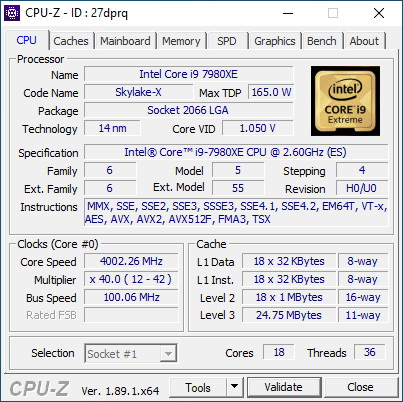

TESTING METHODOLOGY
After almost 13 years of testing solid state drives, i’ve concluded that it's almost impossible for any single benchmark suite to accurately measure their performance and that's why in certain benchmark suites we see amazing read/write performance numbers with some drives while in others things are quite different. The reason behind this is that some benchmarking suites are configured to read and write random chunks of data while others read and write constant (sequential) ones. So that's why i always use a very wide selection of benchmarking suites including AIDA64, HD Tach RW, HD Tune Pro, Crystal Disk Mark, Sisoftware Sandra Pro, AS SSD, IOmeter and ATTO. To get the most accurate results each test gets repeated a total of 6 times with the average performance numbers recorded into our charts*. Also, as of February 25th 2015 our results will also include the Storage Networking Industry Association’s (SNIA) IOMeter tests. These tests include a 12 Hour write test used to “simulate” performance degradation over time and a mixed workload test which basically shows what you can expect when using an SSD continuously for roughly two hours. Unfortunately, due to the time required for these tests we repeat them a total of 3 times and not 6 as the above.
Many people have made inquiries about our charts in the past so once again please do keep in mind that the Charts have the average performance numbers of each drive recorded and not the peak (highest) ones. Also, although every single one of these programs can help potential buyers choose the right drive for their needs you should also remember that from any kind of benchmark up to real world usage the gap is not small (and usually most differences will go unnoticed by most people). All tests were performed in a fresh Windows 10 Pro x64 installation complete with every update up to the date of this review.
* Since November 2018 the SSD comparison charts have been divided to 2.5” and M.2 models to reduce their growing size.
** Unless stated otherwise the Ryzen 9 3950x based Test Rig used for M.2 Gen 4 SSD reviews is not located in the lab.
*** As of January 2021 for Gen 3x4 models I’ll be using the Core i9-7980XE test rig (after numerous tests the up to 6% difference in read & write performance compared to the i7-6700 system simply wasn’t enough to justify having an extra test rig around)
TEST RESULTS - AIDA64 / ATTO


TEST RESULTS - HD TACH RW / HD TUNE PRO


TEST RESULTS - SISOFTWARE SANDRA PRO / CRYSTAL DISK MARK
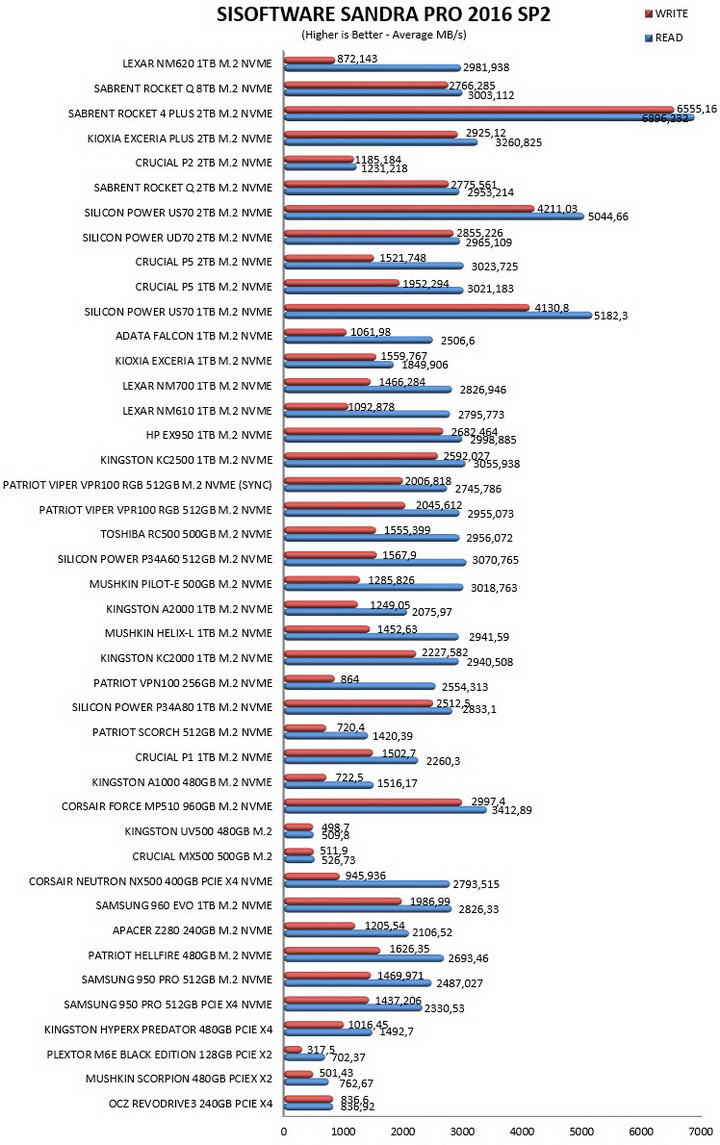

TEST RESULTS - AS SSD / IOMETER
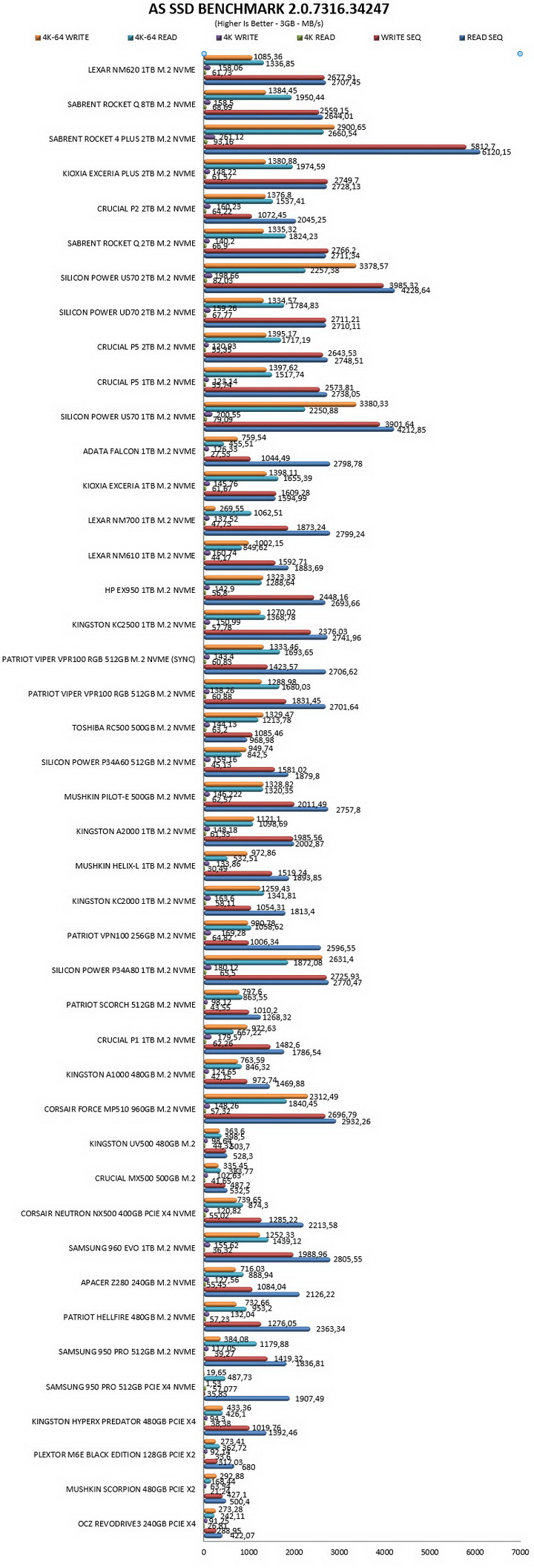
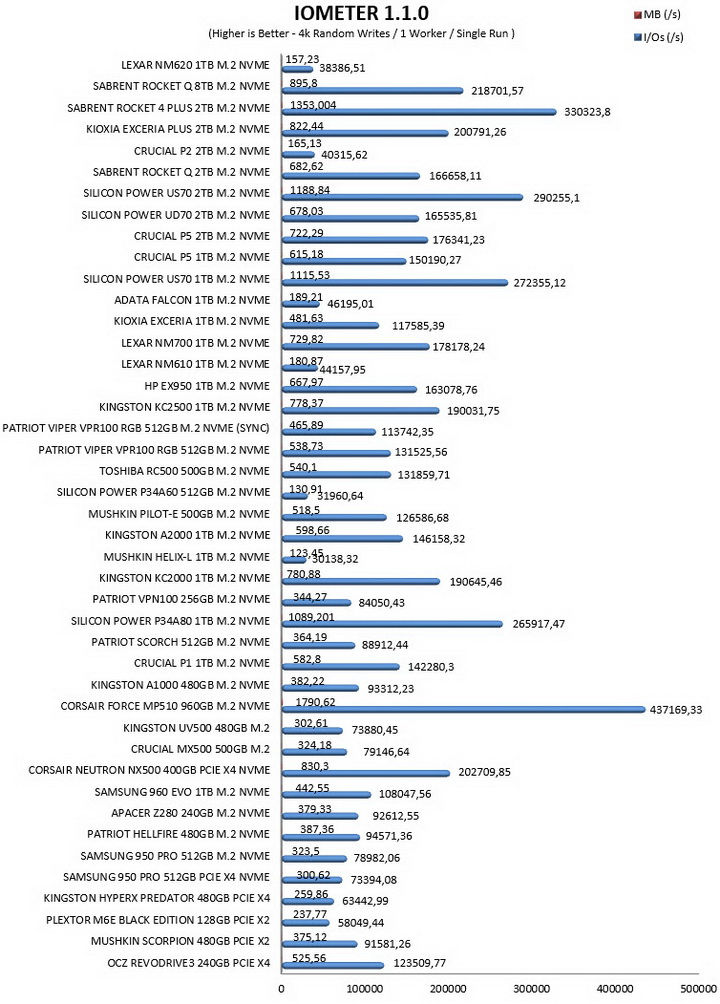
TEST RESULTS - IOMETER SNIA
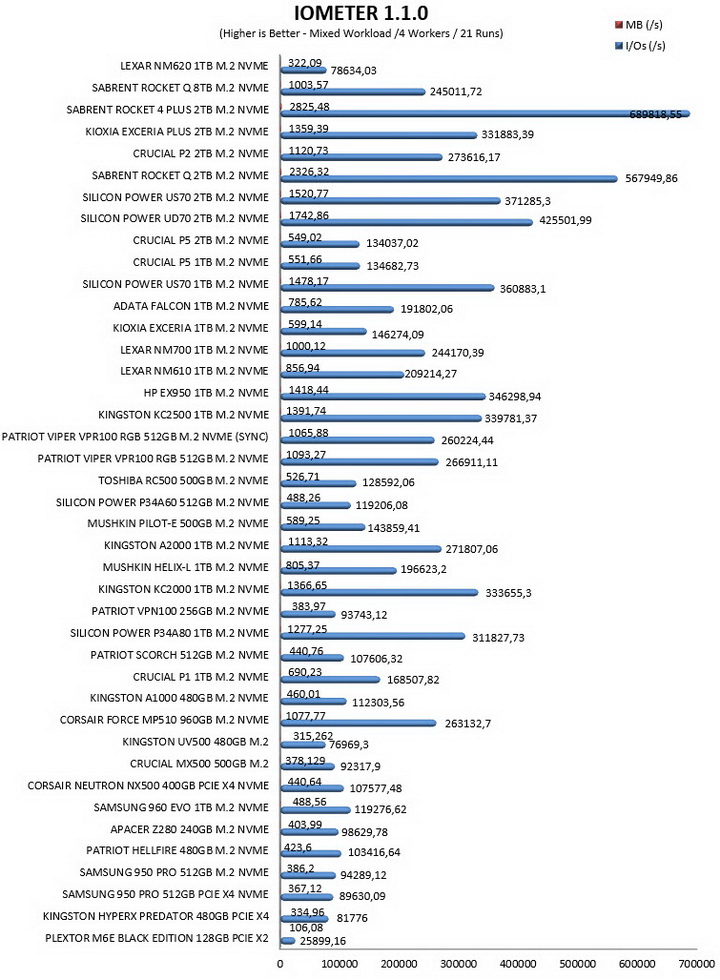
CONCLUSION
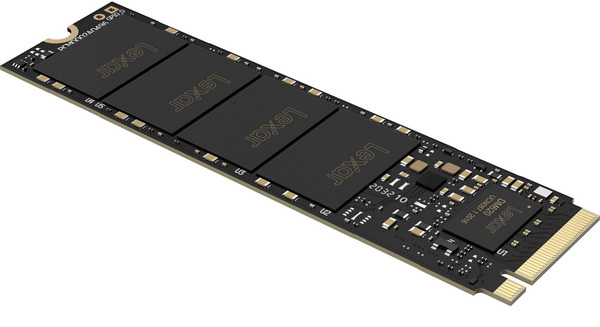
The Lexar NM620 clearly arrived as a replacement for the NM610 model (review here) so naturally I was expecting better overall performance, something which it did deliver, although not as much as I was expecting in some tests (more specifically in the IOMeter mixed workload test). Yes, in some benchmarks the NM620 exchanges blows with its predecessor but for the most part it does take the lead with a good performance gap. Of course, this also means that even though the NM620 is a very good mid-end SSD, it’s just not the huge upgrade some may come to expect compared to the NM610 model. Still Lexar does offer a better warranty for it (5 years instead of 3 for the NM610) so the NM620 is the clear winner here.
20 days after its launch the NM620 1TB M.2 NVMe PCIe Gen3x4 1TB SSD by Lexar retails for USD119.99 inside the USA (Amazon.com) and for 151.19Euros inside the EU (Amazon.de) a price tag which is very good, especially on the other side of the Atlantic. So better performance than the NM610 and lower price tag in both the states and Europe are more than enough for the NM620 1TB to secure the Golden Award.

PROS
- Very Good Performance (Up To 3300MB/s Read & 3000MB/s Write)
- Endurance (500TBW)
- 5 Years Warranty
- Available Software
- Price (USA)
CONS
- Thermal Throttling (During SNIA Tests)
- Price (EU)

 O-Sense
O-Sense





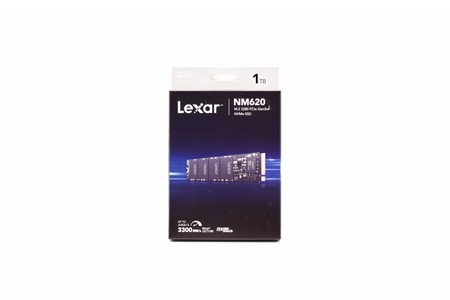
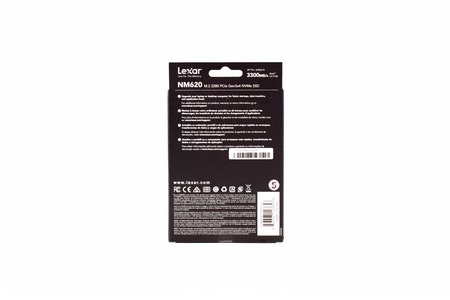
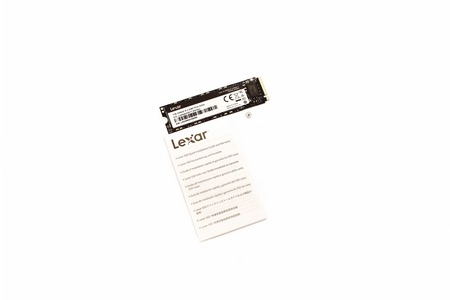
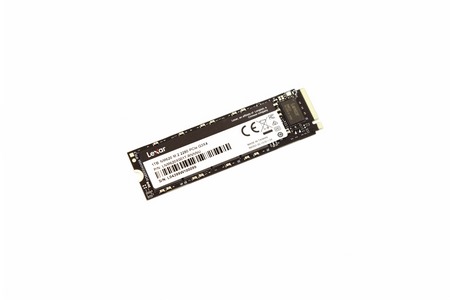
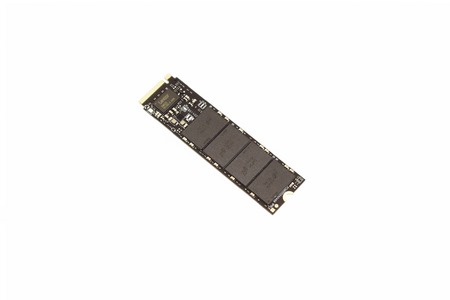
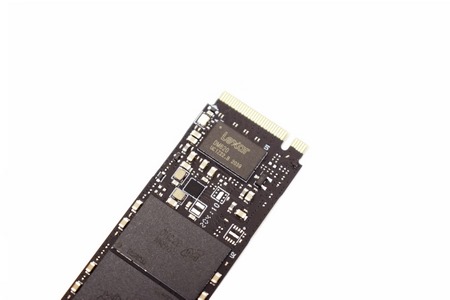
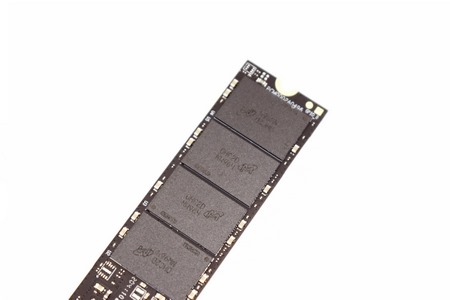
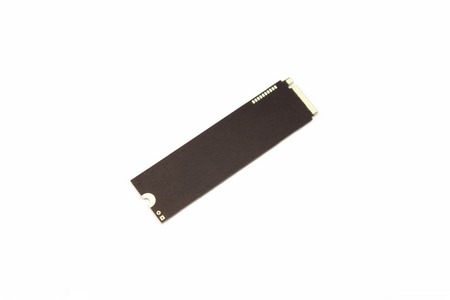
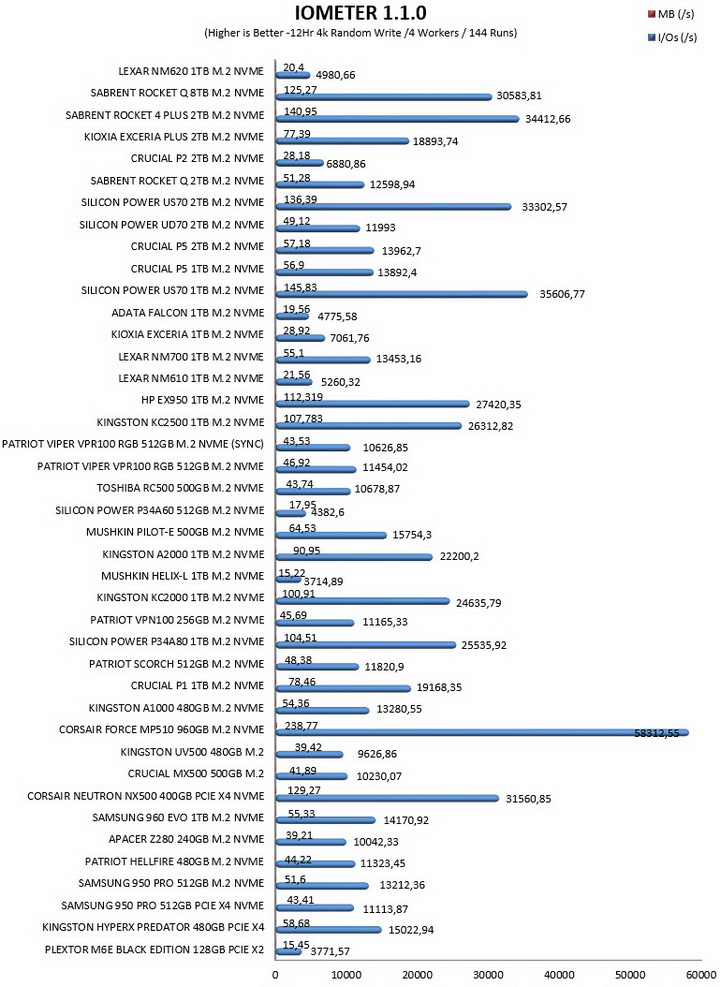
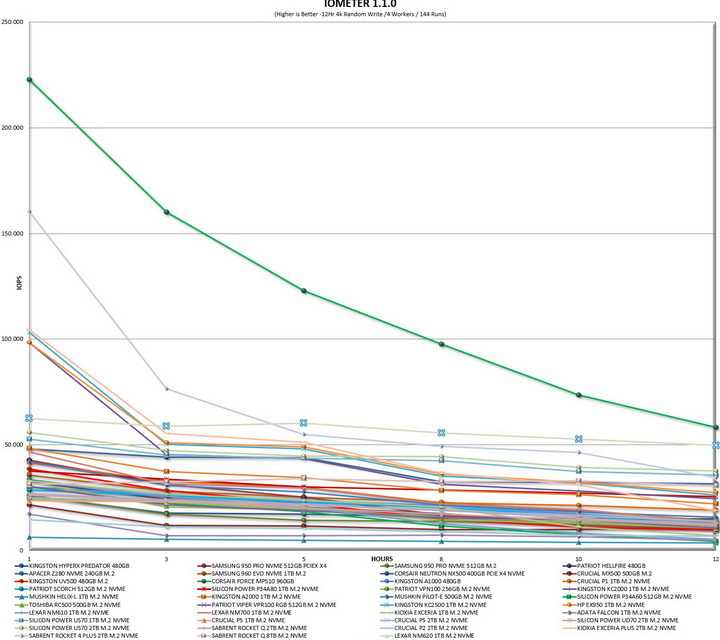


.png)

